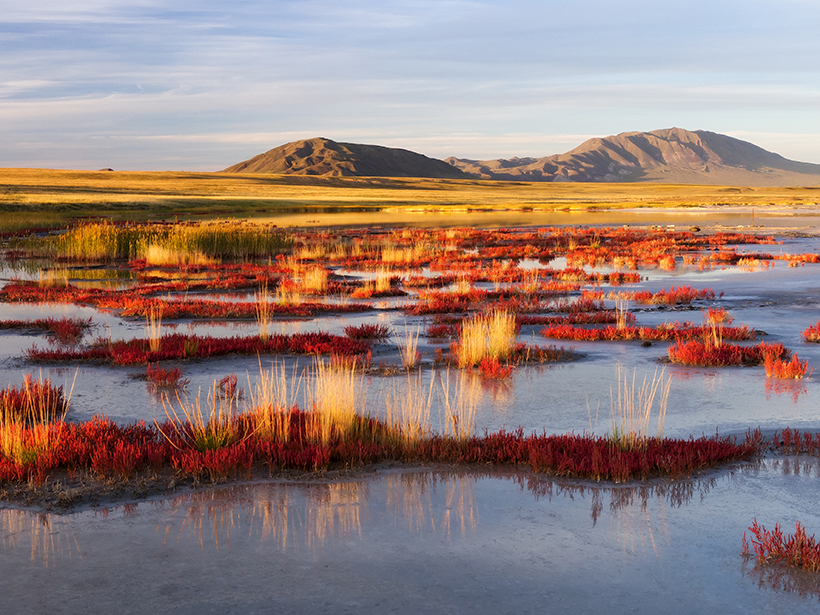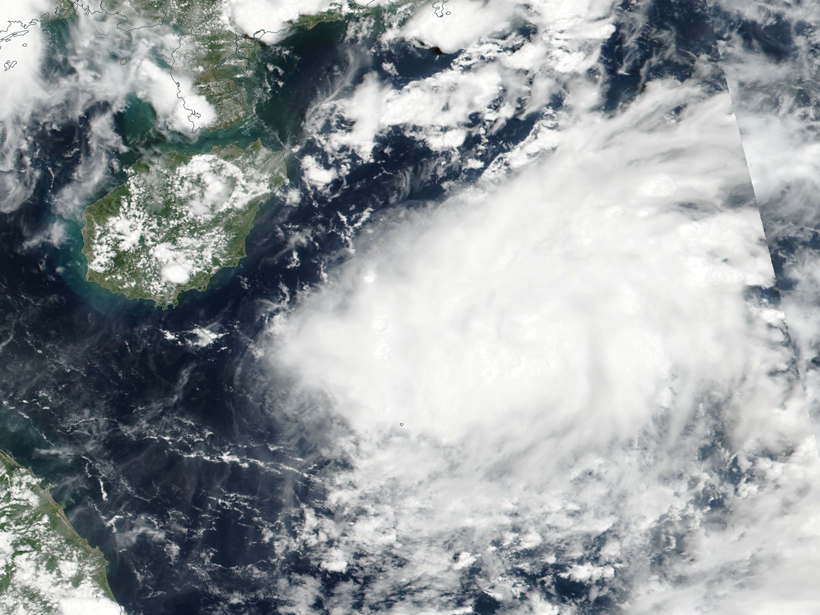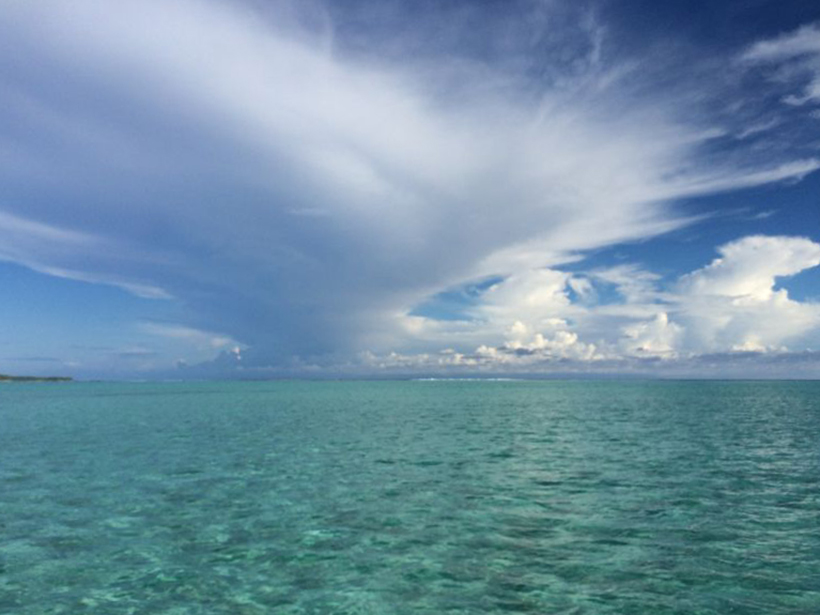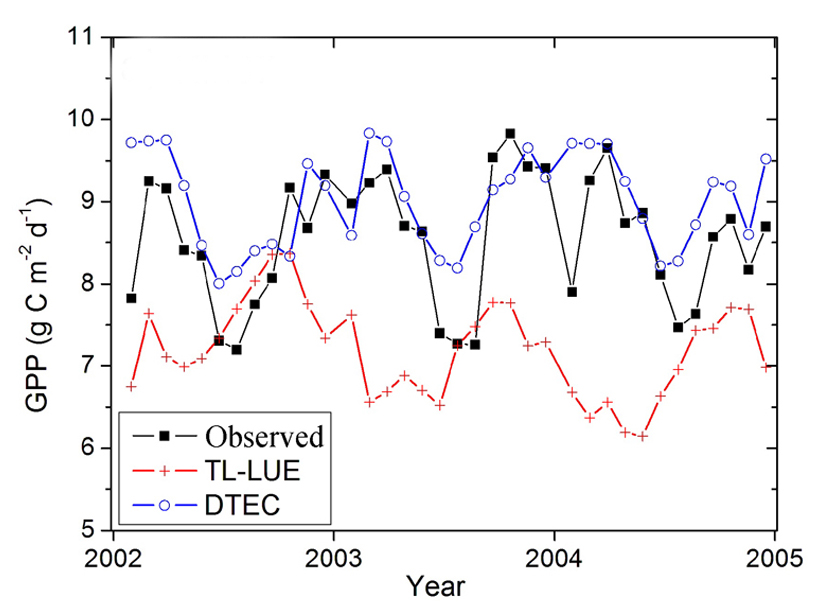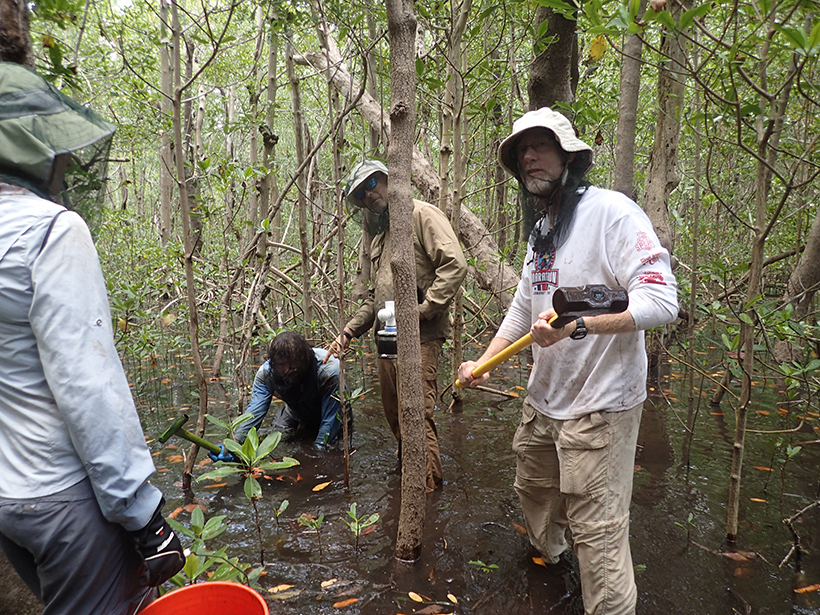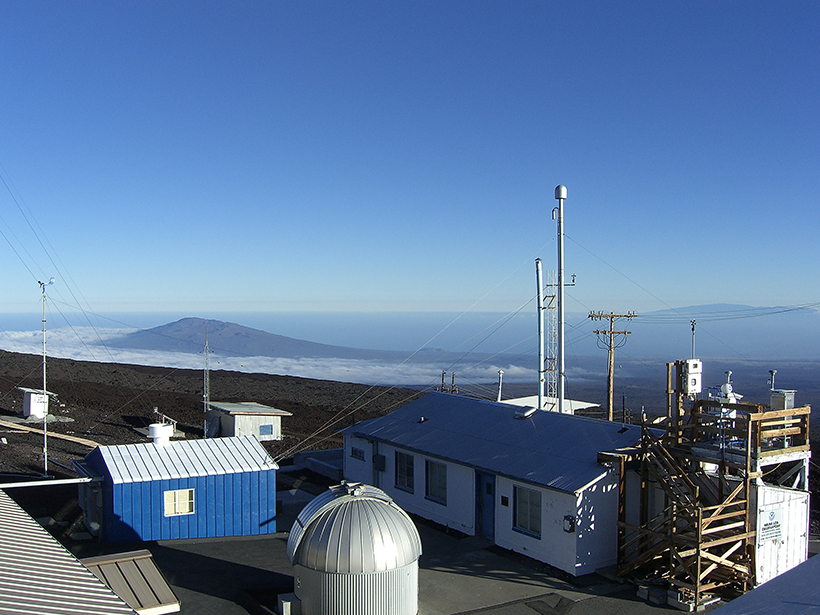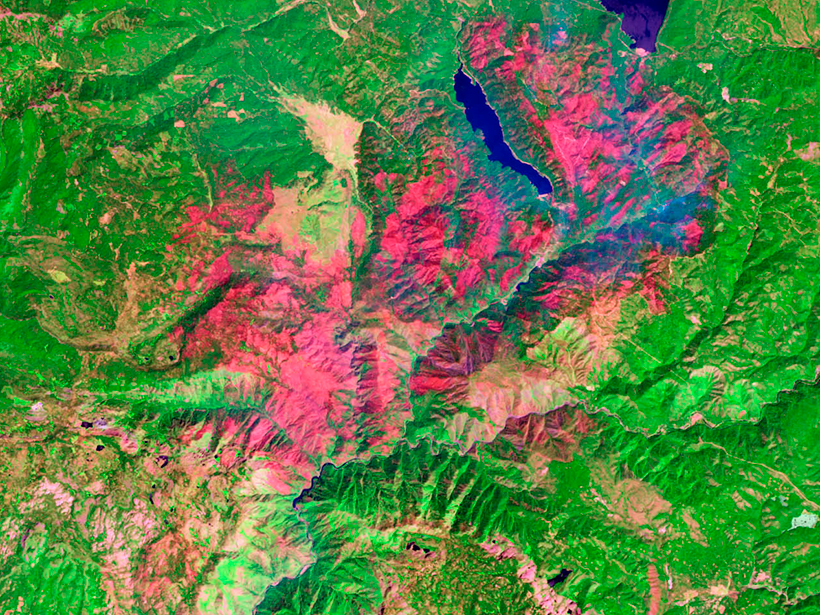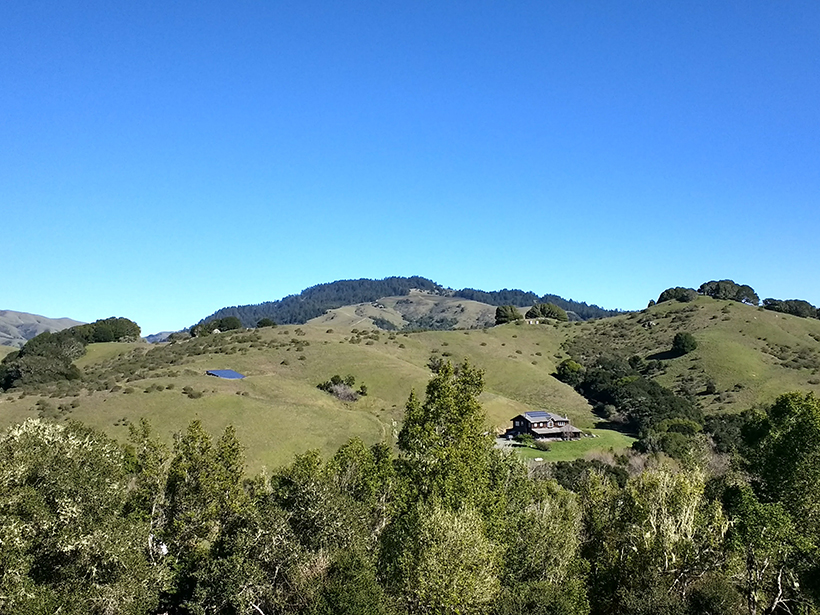Past Global Changes (PAGES) OC3 Working Group second workshop on Ocean Circulation and Carbon Cycling during Last Deglaciation: Regional Synthesis of Carbon Isotopes Data; Corvallis, Oregon, 27–29 June 2017
carbon cycle
Plumbing the Depths of the Marine Carbon Cycle
Scientists measure dissolved black carbon in South China Sea water samples to better understand the carbon cycle in the oceans, which absorb roughly half of all carbon emitted into the atmosphere.
Oceans May Produce Twice as Much Organic Matter as Usually Measured
Researchers study how oceans respire carbon, reexamining a critical part of the global carbon cycle.
Improved Simulation of Gross Primary Productivity
A new model better explains seasonal variations in biomass.
The River Basin’s Tale: Carbon Transport Along the Thames
A study finds that population growth during urbanization and World War II–era plowing fed additional carbon into the Thames River Basin.
Turning up the Heat on Organic Matter to Track Carbon
Inaugural Workshop on Thermal Analysis of Natural Organic Matter; Woods Hole, Massachusetts, 15–16 September 2016
Strengthening the Observational Basis for Carbon Science, Policy
Sustained Observations for Carbon Cycle Science and Decision Support Workshop; Boulder, Colorado, 13–14 April 2016
Following Carbon in an Age of Fire
As fires become more prevalent in California, researchers work to create a profile of the charred carbon left behind.
Coordinating and Communicating Carbon Cycle Research
2017 Joint NACP and AmeriFlux Principal Investigators Meeting; Bethesda, Maryland, 27–30 March 2017
A New Platform for Managing Soil Carbon and Soil Health
International Soil Carbon Network Workshop; Stanford, California, 27 February to 3 March 2017

